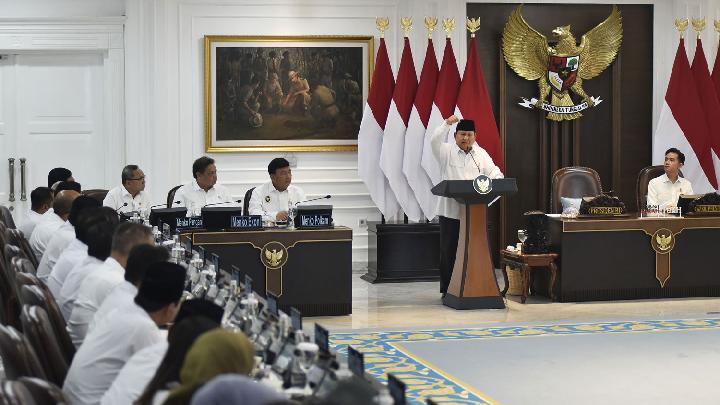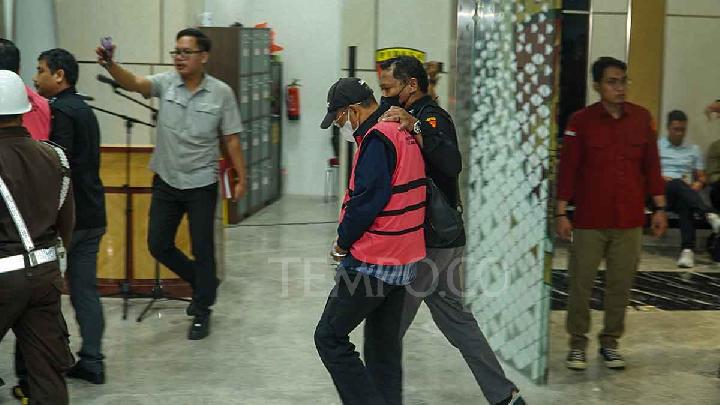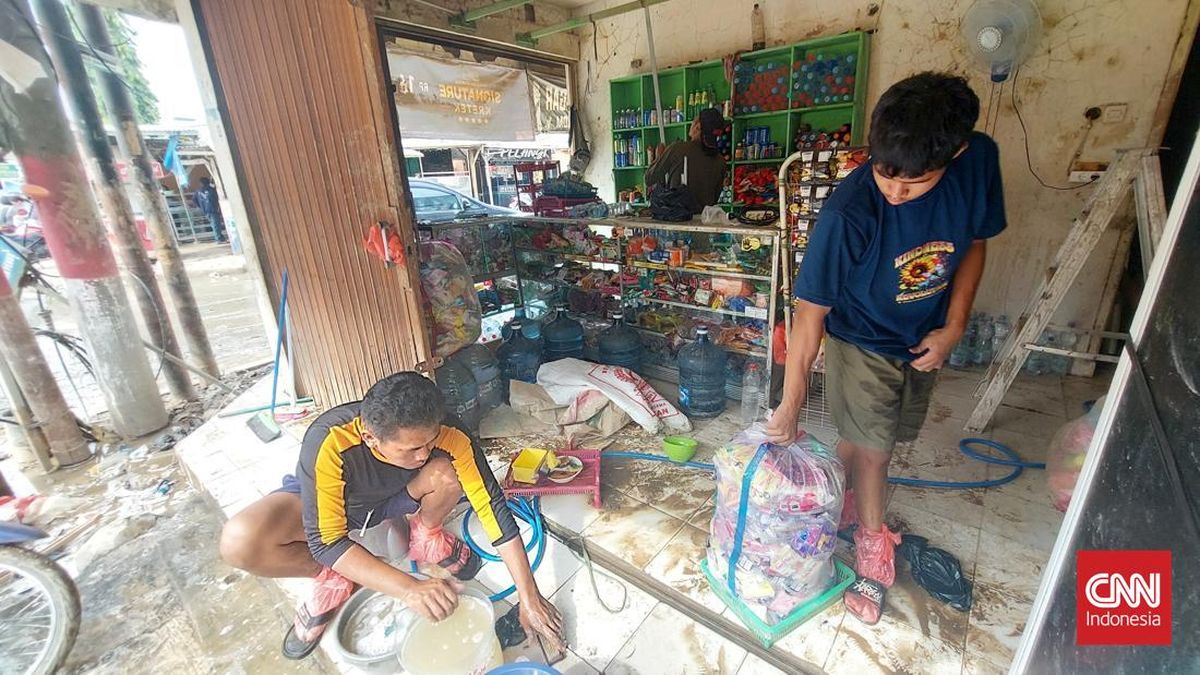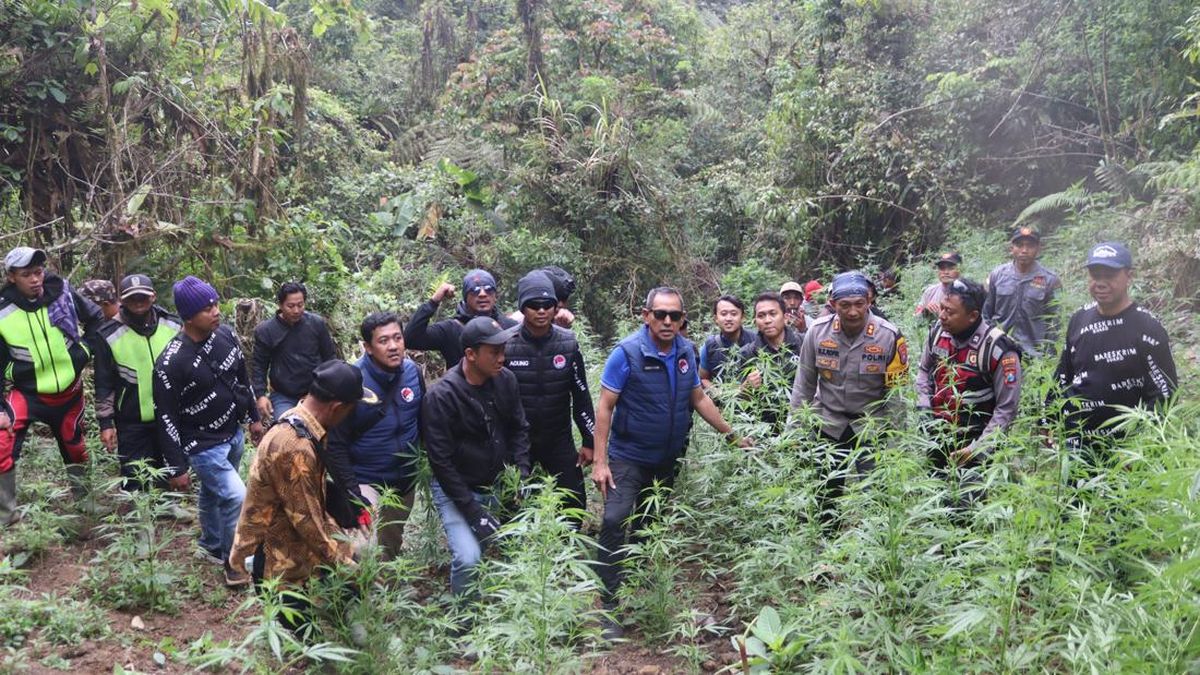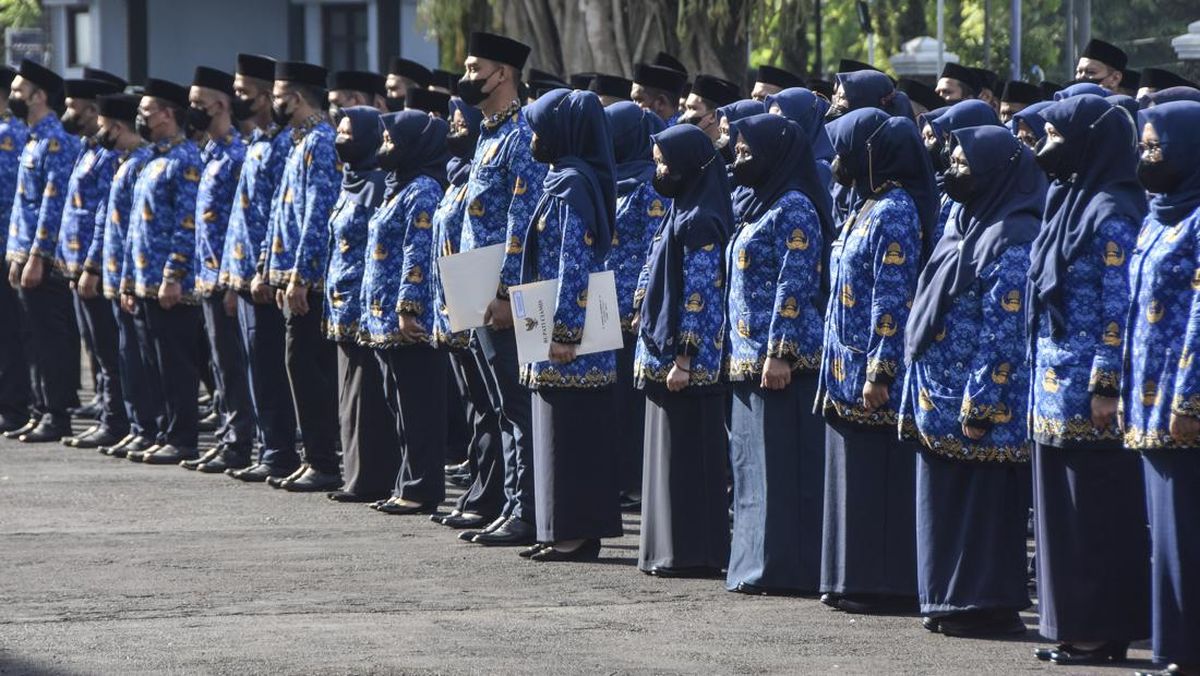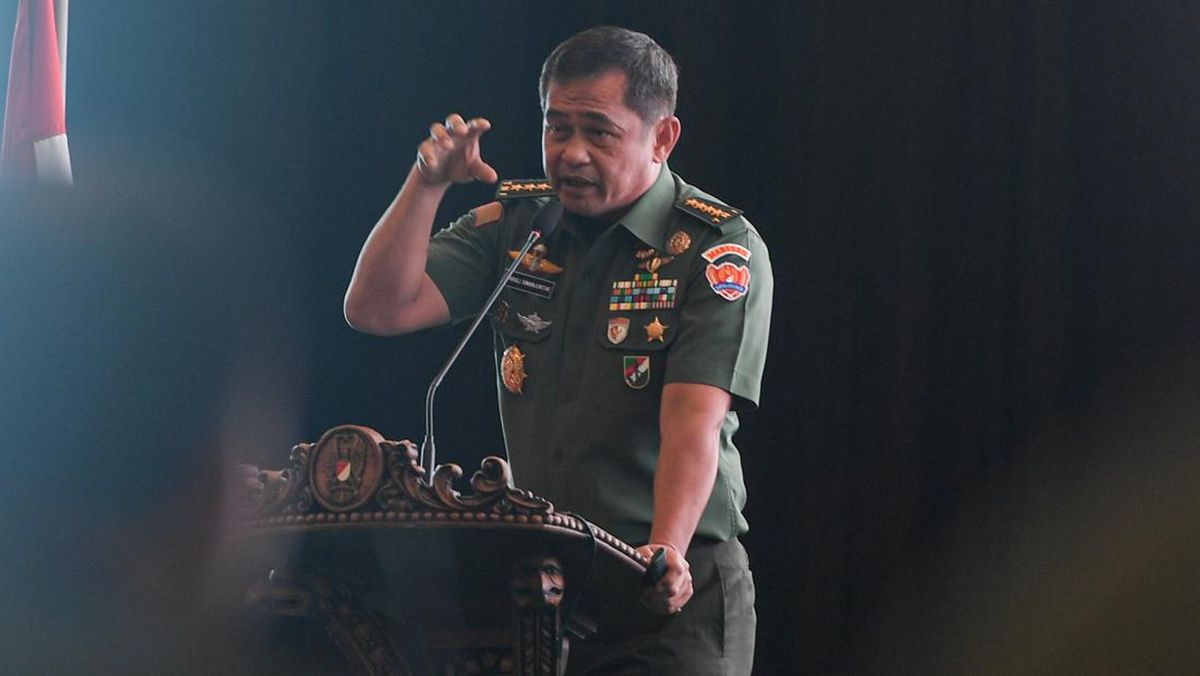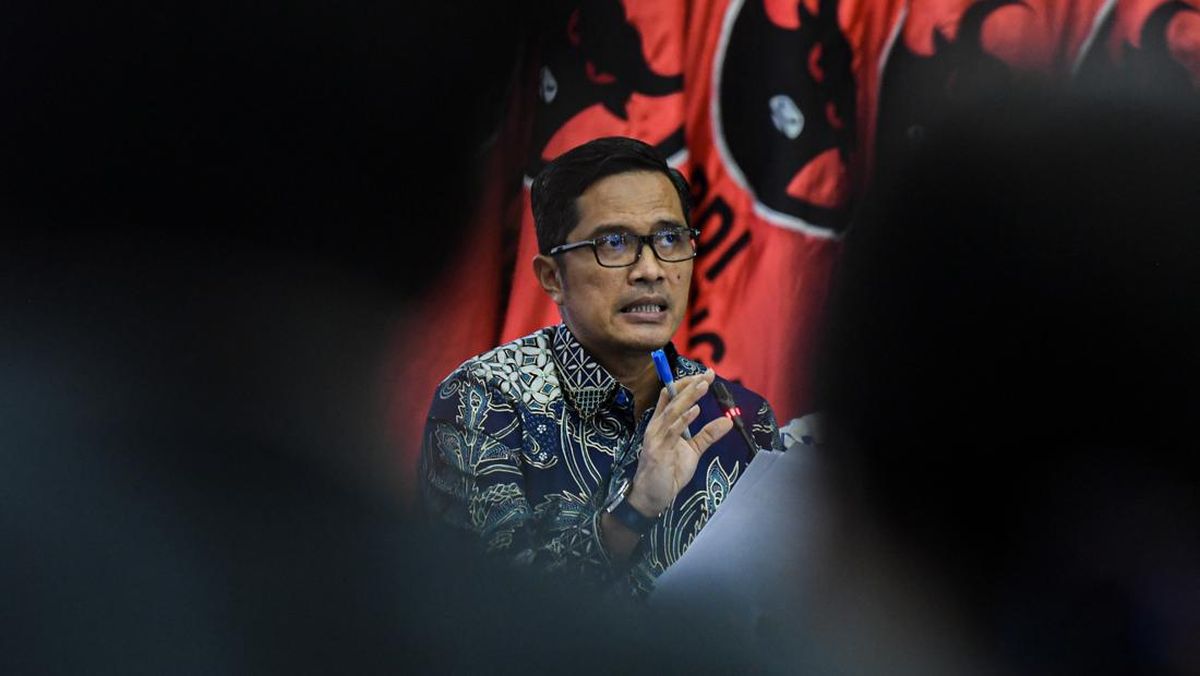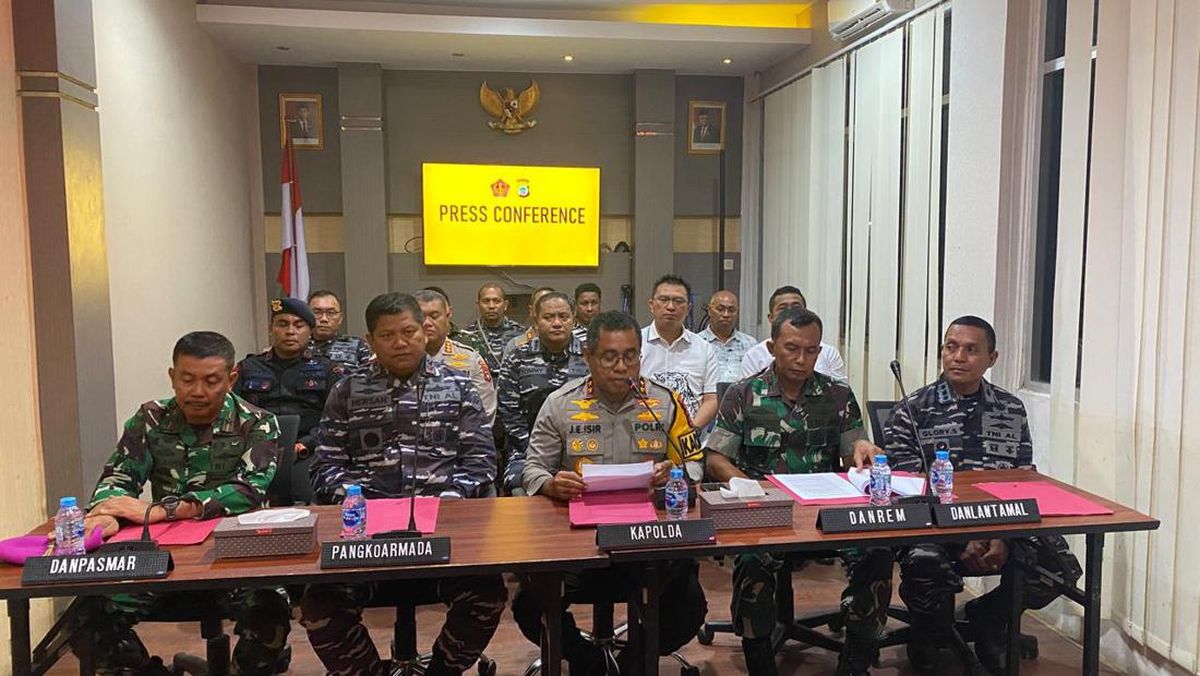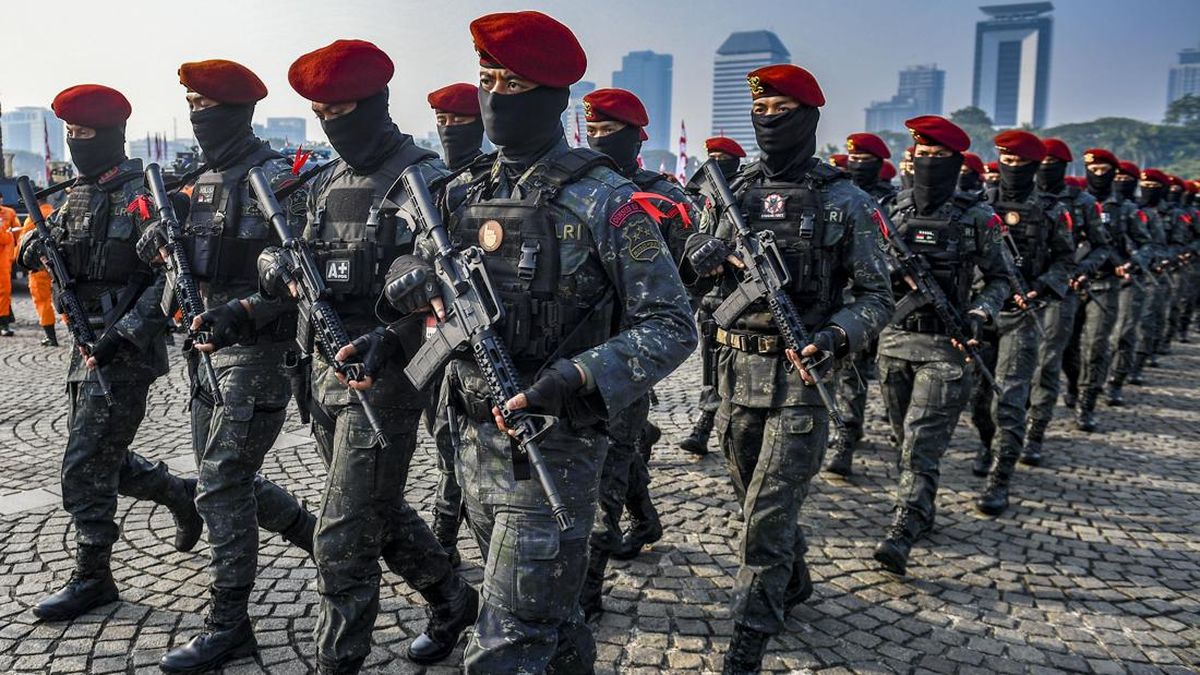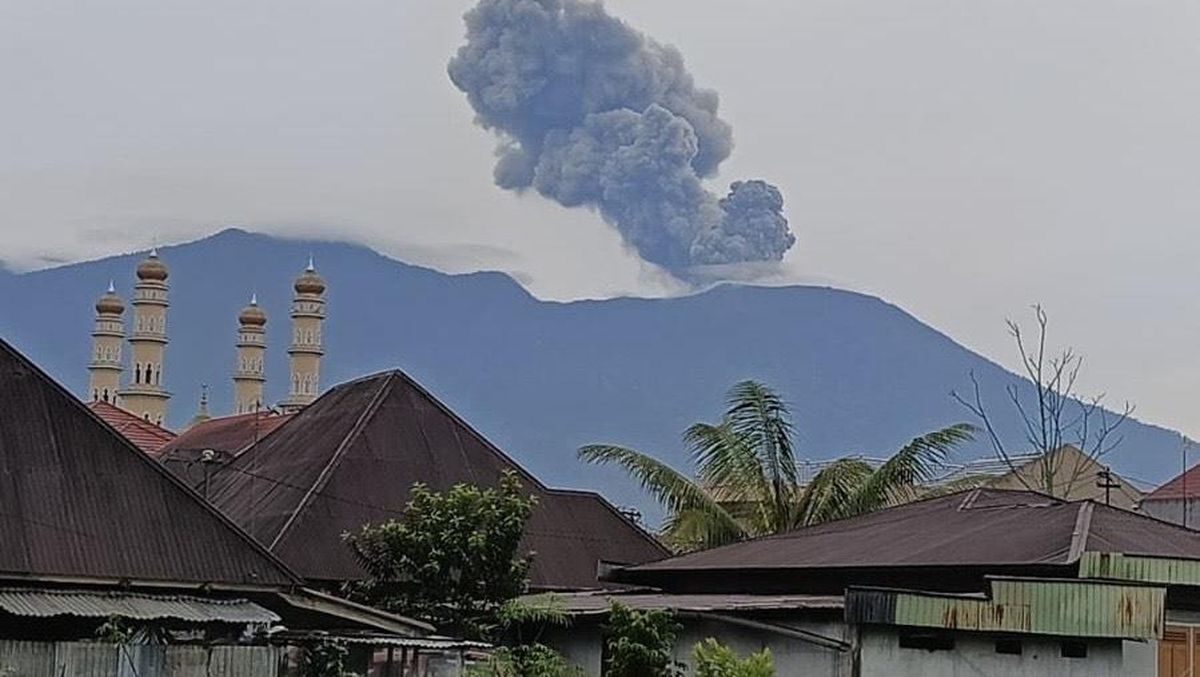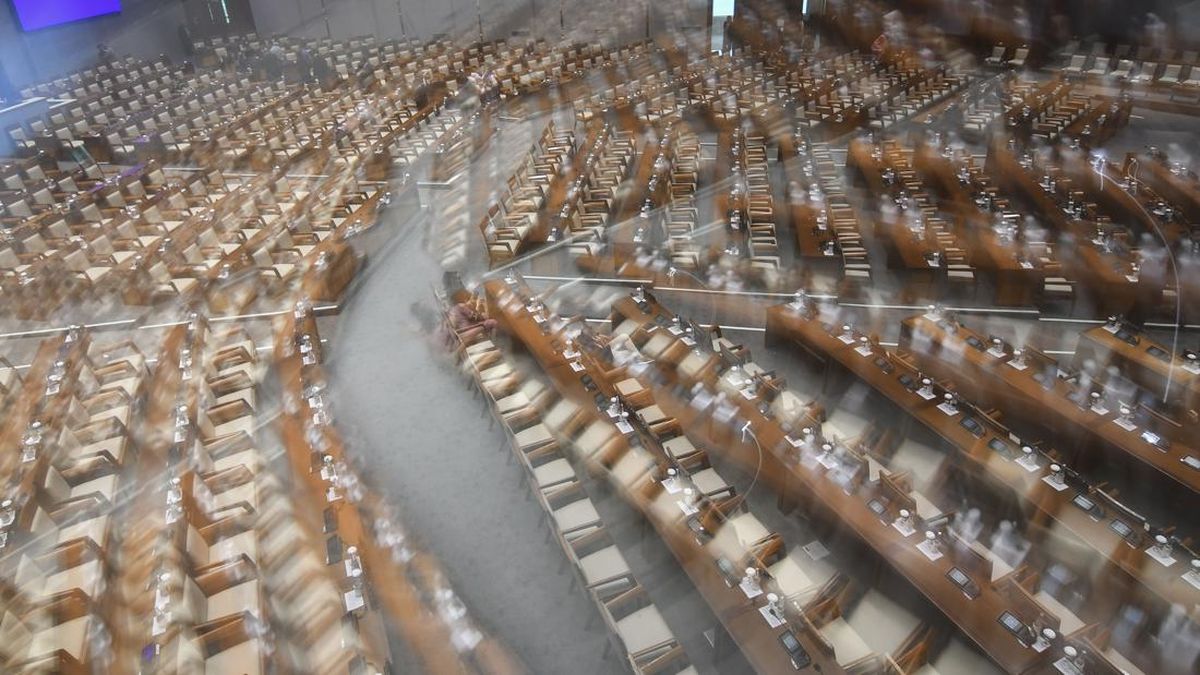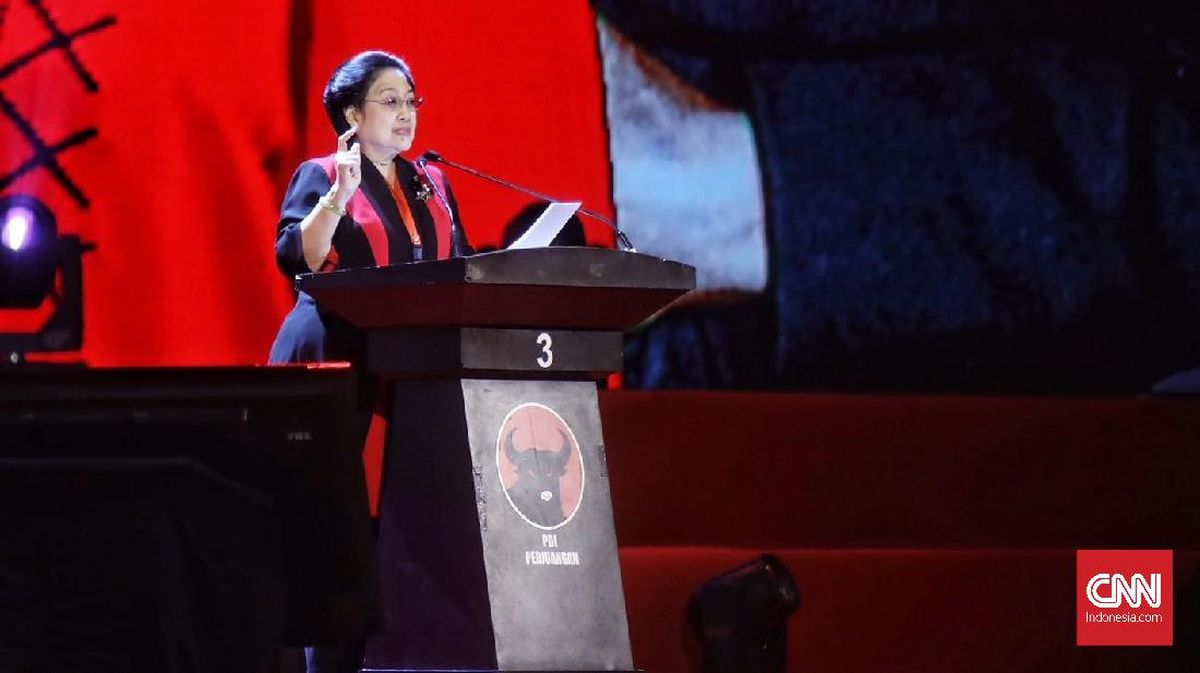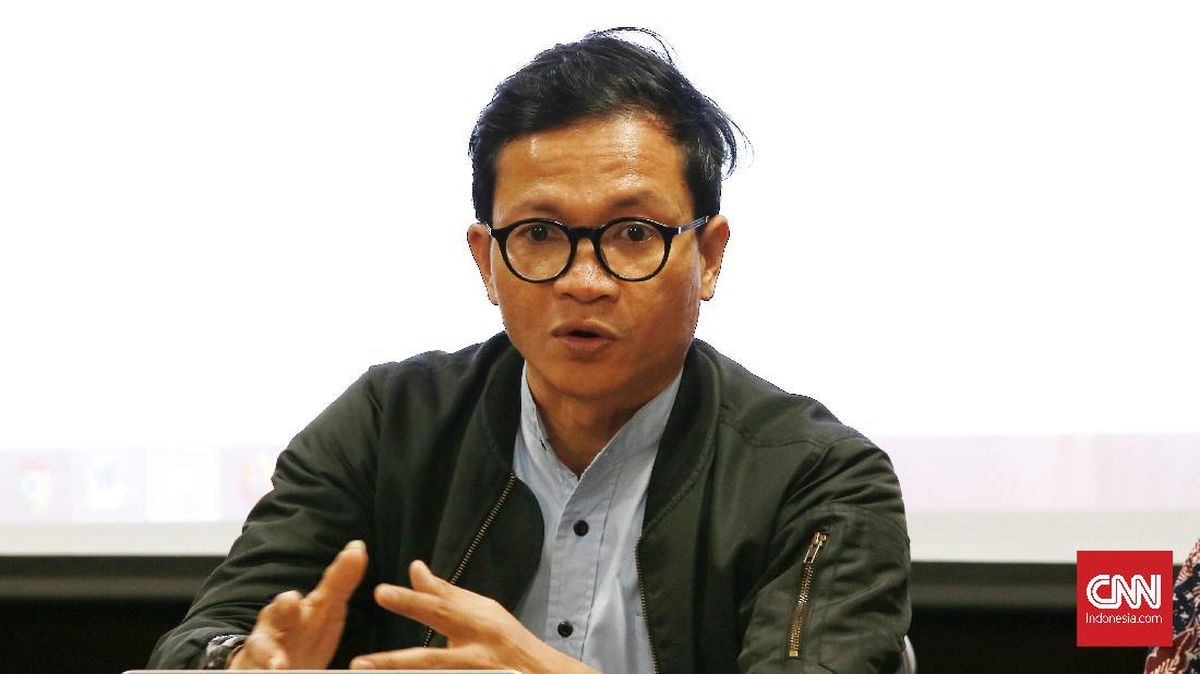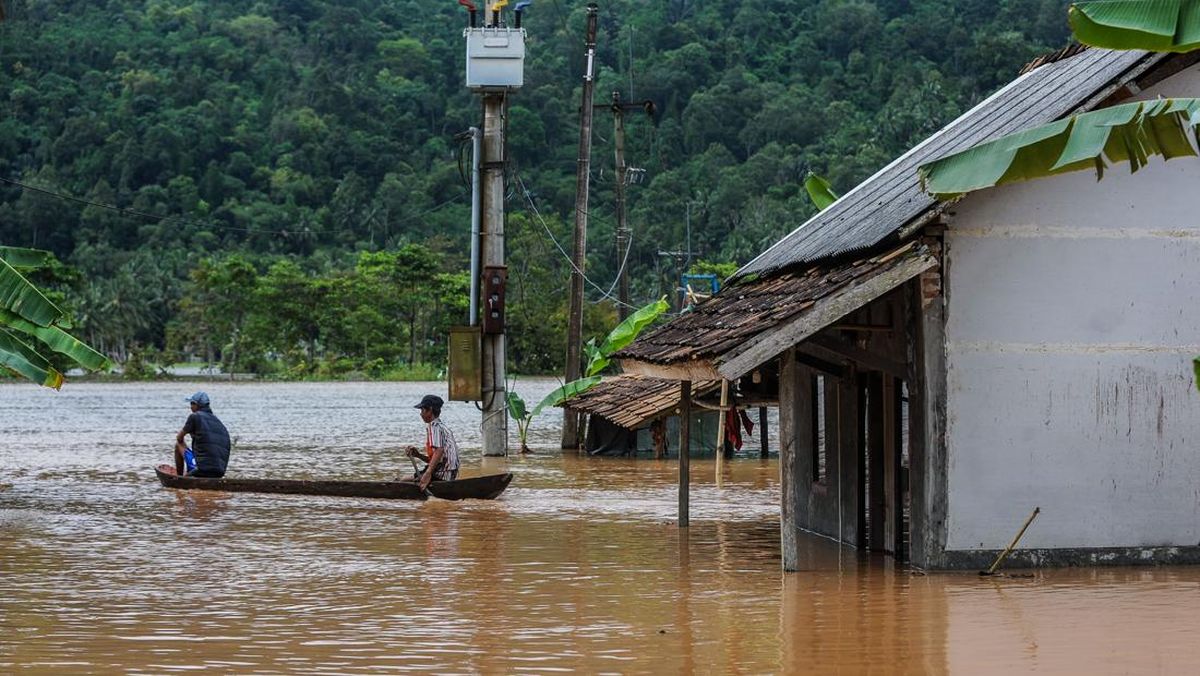TEMPO.CO, Jakarta - Ideally, a Pope would reside in the Apostolic Palace, the official residence of the highest leader of the Catholic Church. Located northeast of St. Peter's Basilica, facing Piazza San Pietro, in the Vatican City. However, not all Popes choose to reside in this palace. Pope Francis opted to live in the papal apartment within the palace.
After Pope Francis' passing, the papal apartment in the Apostolic Palace was temporarily sealed to secure the pontiff's personal documents and as part of the ritual symbolizing the vacant papal throne. The seal on the apartment was reopened after Pope Leo XIV was elected as the new Pope of the Catholic Church.
The Papal Residences Through the Ages
According to Britannica, the Pope's residence was initially in the Lateran Palace, Rome, from the 4th century to the early 14th century. Due to a major fire and political conflicts, the Pope's main residence briefly shifted to the Avignon Papacy in France, resulting in instability in Rome.
For almost 70 years, the papal residence finally returned to Rome in 1377. Concerning the deteriorated Lateran Palace, several Popes in their respective eras began to build and live temporarily around St. Peter's Basilica in the Vatican vicinity.
In the 13th century, Pope Nicholas III initiated the early construction of the papal complex in that area. Substantial construction occurred during the times of Pope Nicholas V, Pope Sixtus IV, and Pope Julius II. Several renowned artists were involved, including Bramante, Raphael, and Michelangelo.
Apostolic Palace: A Historical Account
According to Vatican.com, the construction of the Apostolic Palace began on April 30, 1589, at the behest of Pope Sixtus V. Domenico Fontana, a Swiss architect who also designed the clock tower in St. Peter's Basilica, was commissioned to design the building on the east side of the San Damaso courtyard, which later became the core of the modern Apostolic Palace. This construction was successively completed by Pope Urban VII, Pope Innocent XI, and Pope Clement VIII.
By the 17th century, the complex of the Apostolic Palace was sufficiently comprehensive and representative. During the time of Pope Urban VIII, the Apostolic Palace became the official residence of the Pope, a tradition that continues to this day. Previously, the prefect of the palace was responsible for its activities. When the economic crisis hit the Papal States, this position was replaced by a committee established by Pope Leo XIII to manage the palace.
Center of Governance
The Apostolic Palace is not just the residence of the Pope, but also the heartbeat of Vatican governance. With over 1,000 rooms, it also houses various offices serving as administrative centers and government offices, covering political, economic, and social aspects.
Furthermore, the palace, with a total area of 162,000 square meters, includes several famous buildings within its complex, such as the Sistine Chapel (where the papal conclave takes place), the Raphael Rooms, the Maps Gallery, and the Borgia Apartment. The Vatican Library, the Vatican Observatory, and even a farm occupy an area twice the size of Buckingham Palace in London.
Pope Francis' Residence Outside the Apostolic Palace
When Cardinal Jorge Mario Bergoglio was elected as the 266th Pope in 2013, he did not reside in the Apostolic Palace. Instead, the Pope, who took on the name Pope Francis, chose to live in room 201 at Casa Santa Maria (Domus Sanctae Marthae), where he also stayed during the conclave. He occupied Room 207 during the Conclave.
In an interview with Vatican News, Pope Francis likened the Apostolic Palace to an inverted funnel. It is spacious on the inside, but the entrance is narrow.
"People can come only in dribs and drabs, and I cannot live without people. I need to live my life with others," he continued, as quoted from the Town & Country news site.
Casa Santa Marta was built in 1996 and is located near St. Peter's Basilica. This five-story building has 106 suites and 22 single rooms. Room 201 is on the second floor, the same room where Pope Francis spent his remaining time and drew his last breath on April 21.
Will Pope Leo XIV Reside There?
The doors of the Apostolic Palace are wide open for the 267th Pope from Chicago, USA. However, Pope Leo XIV seems to share a similar vision with Pope Francis regarding a simple life. In a recent interview with Vatican News, he believes a bishop is not a little prince ruling over his kingdom. According to him, his election as Pope is to embrace humility, to be close and side by side with the people, and to share in their suffering.
This perspective allows him to follow the footsteps of previous Popes who preferred to reside in the Vatican guesthouse.
Visiting the Apostolic Palace
The Apostolic Palace, or the Vatican Palace, is not open to the public. However, there are areas that tourists can explore. Visitors can directly see Michelangelo's fresco paintings in the Sistine Chapel, or explore the collection of art, sculptures, and religious historical artifacts located in the Raphael Rooms.
Due to high tourist interest, tours of the Apostolic Palace must be booked in advance through the online platform. If you are interested in learning more about the visit, you can book the tour at thevaticantickets.com.
Muhammad Rifan Prianto contributed to this article
Editor's Choice: With a New Pope, Here Are 10 Unmissable Attractions to Explore in Vatican City
Click here to get the latest news updates from Tempo on Google News








